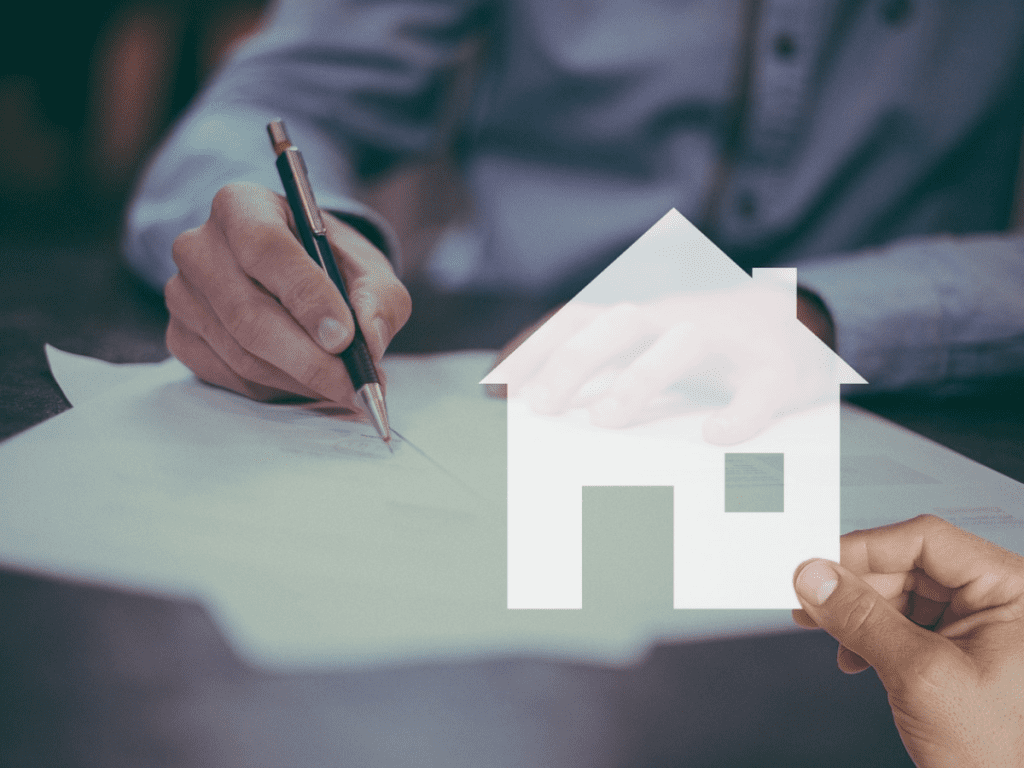introduction
Securing the best mortgage rate can significantly reduce the overall cost of buying a home, saving you thousands of dollars over the life of the loan. Your mortgage rate is influenced by factors like your credit score, financial health, and market conditions. With careful planning and strategic actions, you can improve your chances of locking in a low rate. Here’s a step-by-step guide to help you get the best mortgage rate.
1. Understand What Influences Mortgage Rates
To get the best rate, it’s important to understand the factors that lenders consider:
- Credit Score:
- A higher credit score signals to lenders that you’re a responsible borrower, often leading to lower rates.
- Loan-to-Value Ratio (LTV):
- LTV compares your loan amount to the home’s value. A larger down payment reduces your LTV and can qualify you for a better rate.
- Debt-to-Income Ratio (DTI):
- Lenders prefer borrowers with a DTI below 43%, as it shows you can manage your debt responsibly.
- Loan Term:
- Shorter-term loans, such as 15 years, typically have lower rates than 30-year loans.
- Economic Conditions:
- Mortgage rates fluctuate based on market conditions, including inflation, the Federal Reserve’s policies, and the state of the economy.
2. Improve Your Credit Score
Your credit score is one of the most critical factors in determining your mortgage rate. Here’s how to boost it:
- Check Your Credit Report:
- Review your report for errors and dispute inaccuracies with credit bureaus.
- Pay Down Debt:
- Lowering credit card balances can reduce your credit utilization ratio, which positively impacts your score.
- Avoid Opening New Credit Accounts:
- New accounts can temporarily lower your credit score, so avoid opening them before applying for a mortgage.
- Make Payments On Time:
- Consistently paying bills on time is essential to maintaining a high credit score.
3. Save for a Larger Down Payment
The more you can put down upfront, the lower your loan amount will be, which can help you qualify for a better rate. A 20% down payment is ideal because it:
- Eliminates the need for private mortgage insurance (PMI).
- Demonstrates financial stability to lenders.
- Lowers your loan-to-value ratio.
Even if you can’t reach 20%, increasing your down payment above the minimum required can still improve your rate.
4. Shop Around and Compare Offers
Mortgage rates vary by lender, so it’s crucial to shop around. Get quotes from multiple lenders, including:
- Banks
- Credit Unions
- Mortgage Brokers
- Online Lenders
When comparing offers, focus on the annual percentage rate (APR), which includes both the interest rate and fees, to get a complete picture of costs.
5. Consider Loan Points
Mortgage points, or discount points, are upfront fees you can pay to lower your interest rate. Typically, one point equals 1% of your loan amount and reduces your rate by about 0.25%.
- Pros: Paying points can save you money over the long term if you plan to stay in the home for several years.
- Cons: Points require more cash upfront, which might not be feasible if you’re already stretching your budget for a down payment and closing costs.
Use a mortgage calculator to determine whether buying points is worth it for your situation.
6. Choose the Right Loan Type
The type of mortgage you choose can impact your rate:
- Fixed-Rate Mortgages: Offer stability with a consistent rate throughout the loan term. Best for long-term homeowners.
- Adjustable-Rate Mortgages (ARMs): Start with a lower initial rate that adjusts after a set period. Ideal for those planning to sell or refinance before the adjustment period.
- Government-Backed Loans: Programs like FHA, VA, and USDA loans often have competitive rates and favorable terms for eligible borrowers.
7. Lock in Your Rate
Once you’ve found a favorable rate, ask your lender about a rate lock. A rate lock guarantees your interest rate for a specific period, typically 30 to 60 days, protecting you from potential market increases.
- Rate Lock Fees: Some lenders may charge a fee for this service, especially for longer lock periods.
- Timing: Lock your rate after you’ve secured a property and are ready to finalize the loan.
8. Keep an Eye on Market Trends
Mortgage rates fluctuate based on economic factors. While you can’t control the market, staying informed about trends can help you decide the best time to lock in a rate. Consult financial news, rate forecasts, or a trusted mortgage advisor for insights.
9. Avoid Major Financial Changes
Lenders recheck your credit and financial status before closing. To ensure your rate and loan terms remain unchanged:
- Avoid large purchases that increase your debt, such as buying a car.
- Don’t switch jobs or reduce your income.
- Keep your savings intact to cover closing costs and reserves.
10. Refinance When Appropriate
If you’re unable to secure the best rate now, consider refinancing in the future when:
- Your credit score improves.
- Interest rates drop.
- You’ve built significant equity in your home.
Refinancing can help lower your monthly payments or shorten your loan term, saving you money over time.
Conclusion
Getting the best mortgage rate requires preparation, research, and strategic financial decisions. By improving your credit score, saving for a larger down payment, shopping around, and locking in a favorable rate at the right time, you can maximize your savings and achieve long-term financial success. Taking the time to plan ahead will ensure you secure the most competitive rate possible for your dream home.

